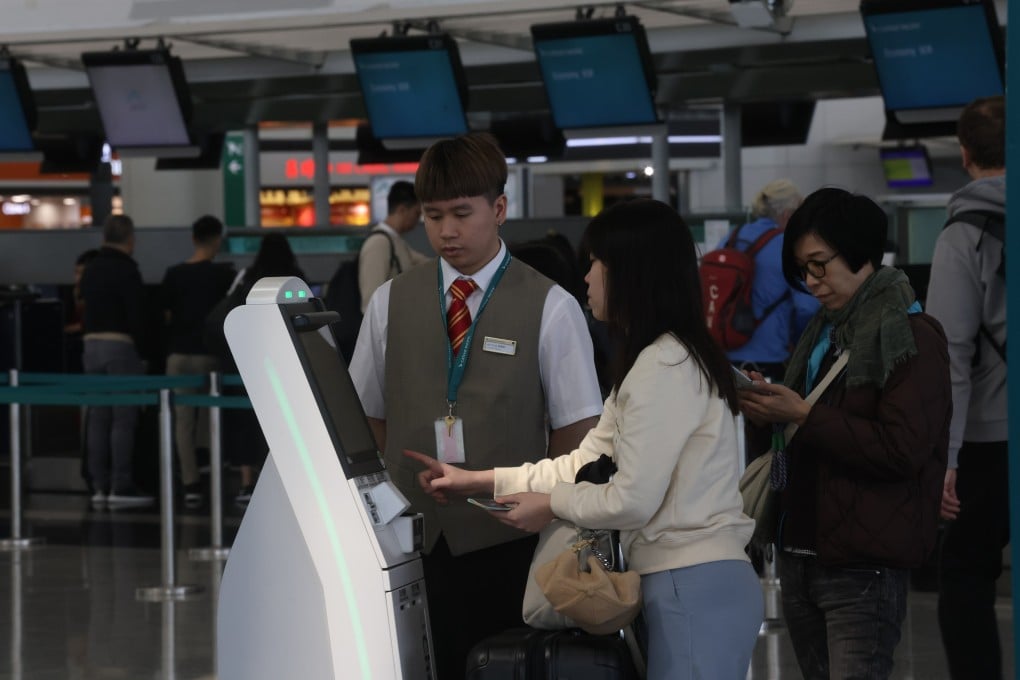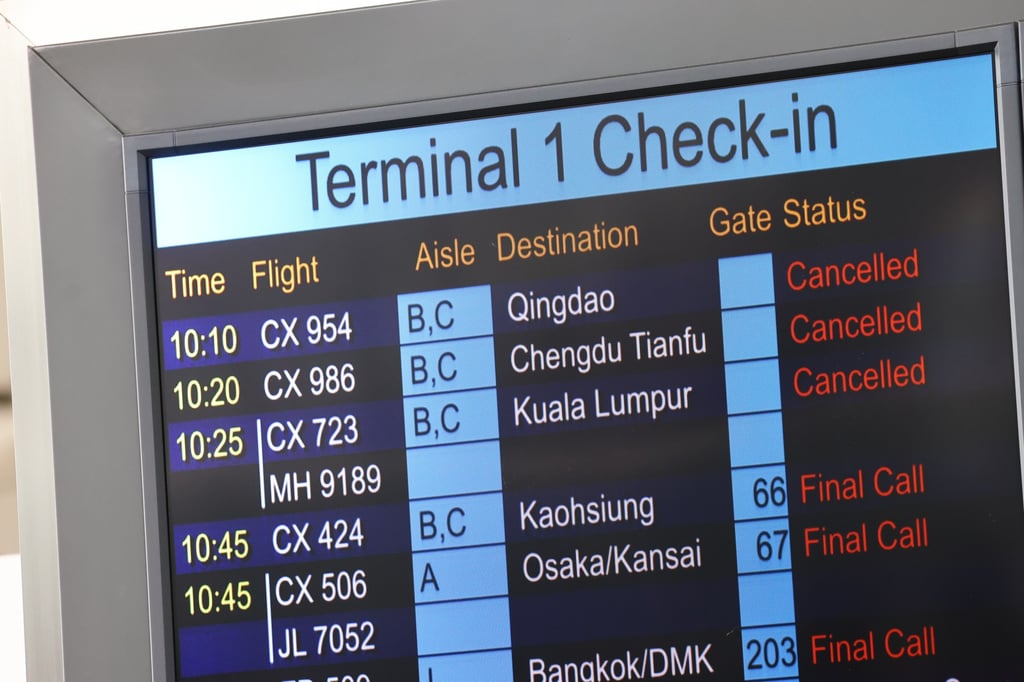Advertisement
Opinion | Cathay Pacific travel chaos shows need to revisit tourism recovery plans
- The increasing competitiveness of other cities and countries is a warning to Hong Kong that it must do more than restore the pre-pandemic status quo if it wants tourism to thrive
- That will require rethinking the assumptions guiding recovery plans and involving workers in discussions
Reading Time:3 minutes
Why you can trust SCMP
4

Hong Kong’s flagship carrier Cathay Pacific is cancelling an average of 12 flights per day until February to ensure normal operation for the Lunar New Year period. In early 2023, Cathay executives said the airline aimed to resume 70 per cent of its flight capacity by the end of the year and fully restore capacity by the end of 2024.
Advertisement
However, the recent surge in cancelled flights not only threatens Cathay’s 2024 flight capacity goal but has also sparked concern among Transport and Logistics Bureau officials and Chief Executive John Lee Ka-chiu. The bureau expressed concern over Cathay’s decision to combine flights and said it should promptly inform affected passengers of any changes. Meanwhile, Lee urged the airline to review its manpower and overall flight capacity to restore its competitiveness.
The Hong Kong Aircrew Officers Association, which represents Cathay pilots, said in a statement that the shortage of senior pilots was the consequence of the company’s decision in 2020 to permanently reduce staff pay and fire experienced pilots and flight attendants.
This is not the first time Cathay has come under fire for its staffing decisions. Last May, for example, three flight attendants were accused of discriminating against mainland passengers.
The flight attendants’ association said their behaviour stemmed from low morale, high pressure and poor pay. The low salary levels and lack of experienced flight attendants are another consequence of the airline’s decisions during the Covid-19 pandemic.
Advertisement
Cathay had assumed it could easily hire back pilots and other staff who were fired or left, once the pandemic was over. However, it overestimated the availability of these people and underestimated how difficult it would be to bring back those who had settled into other careers.


Advertisement
